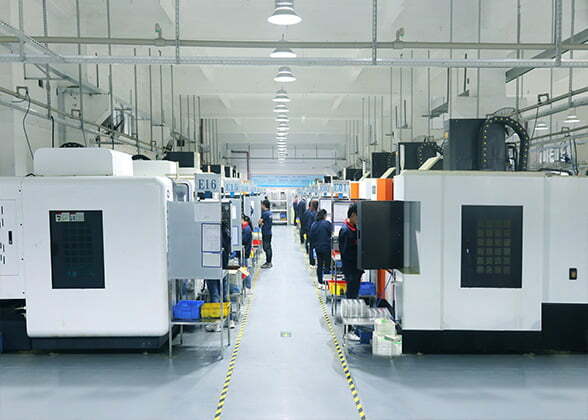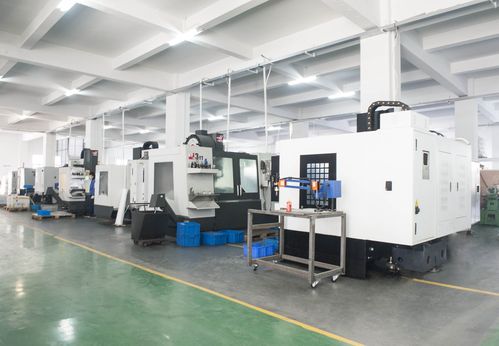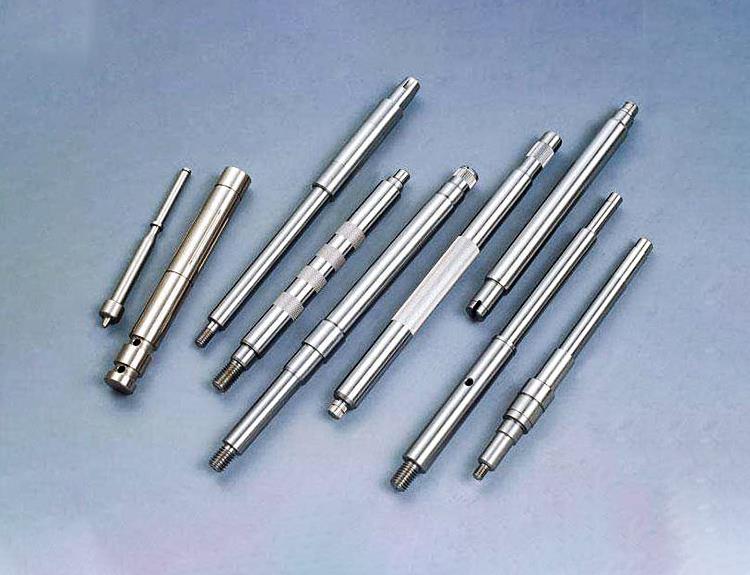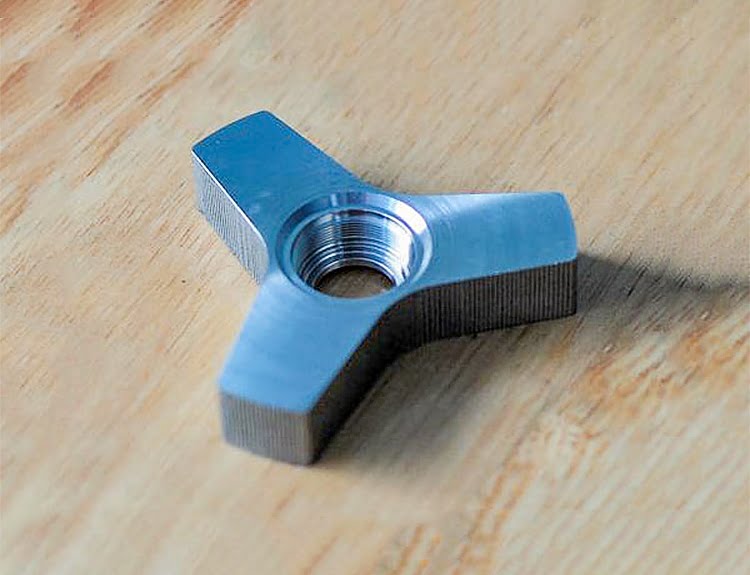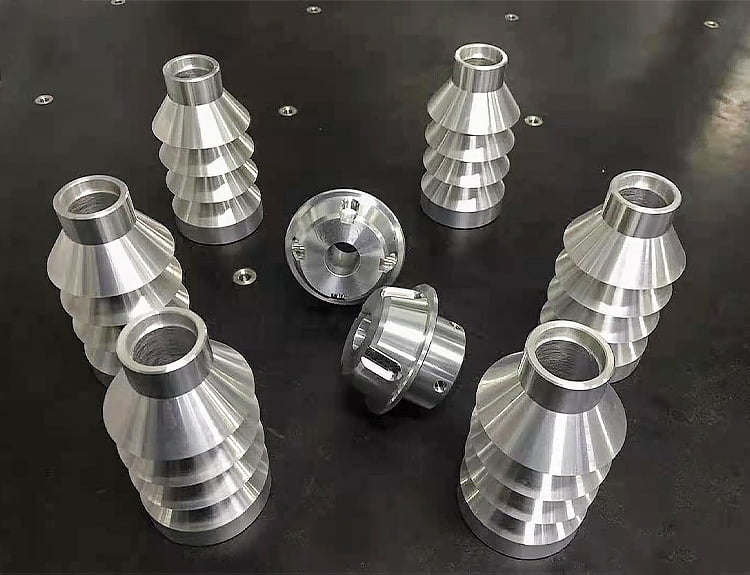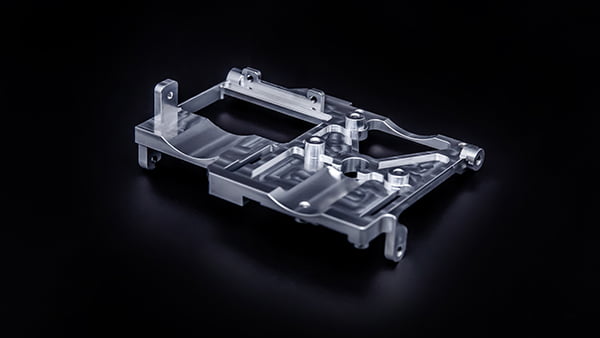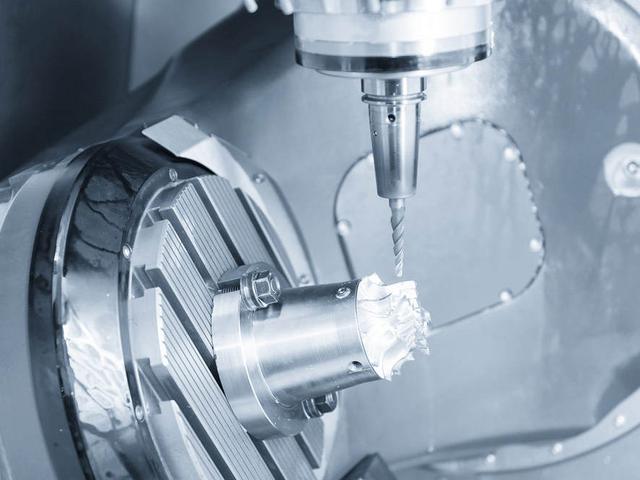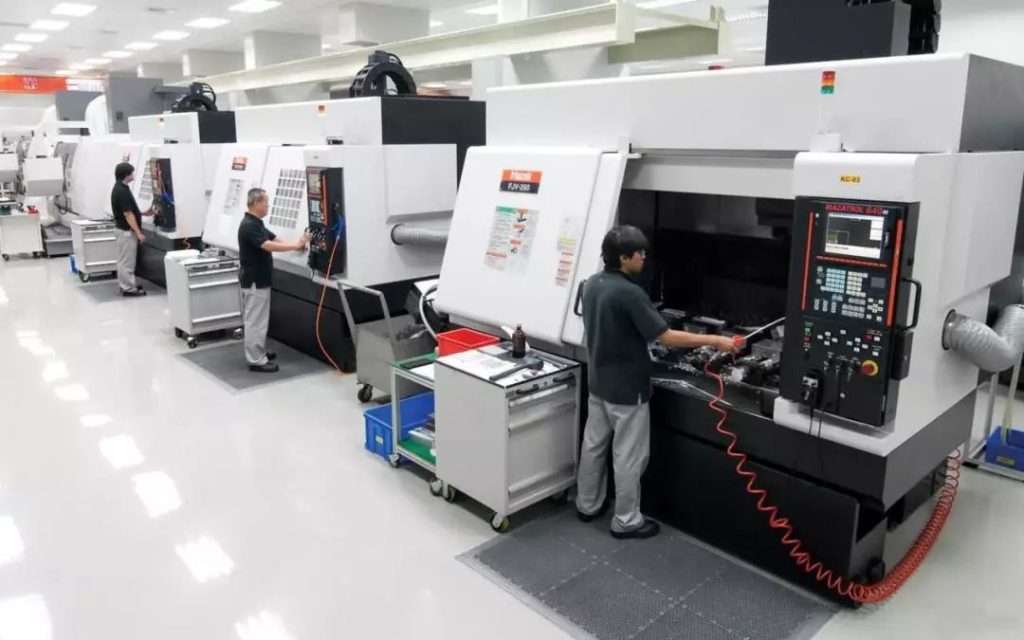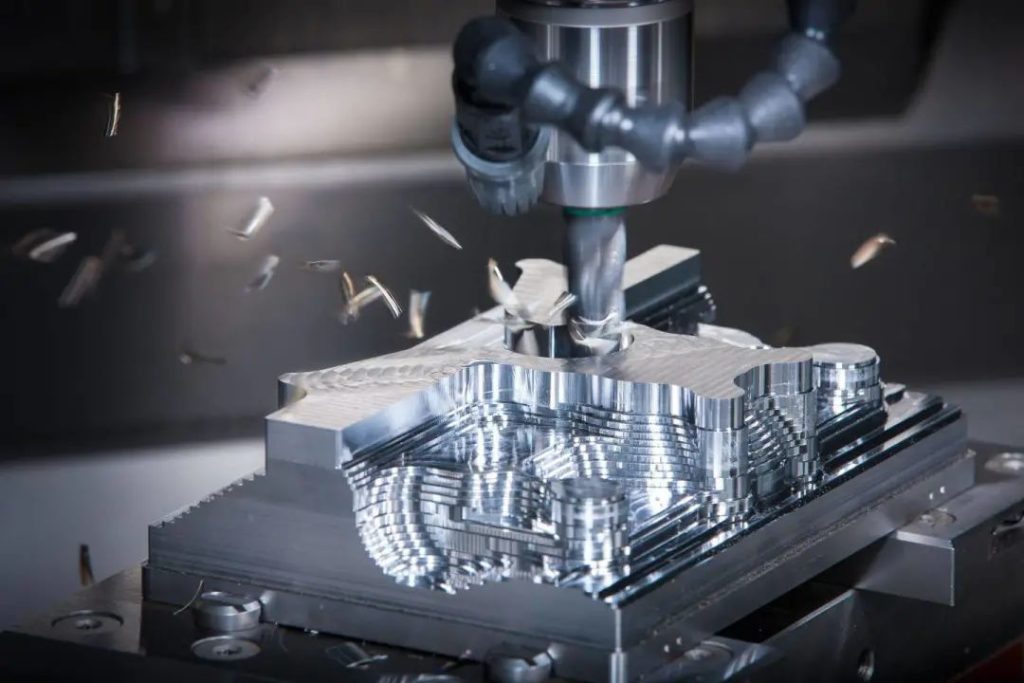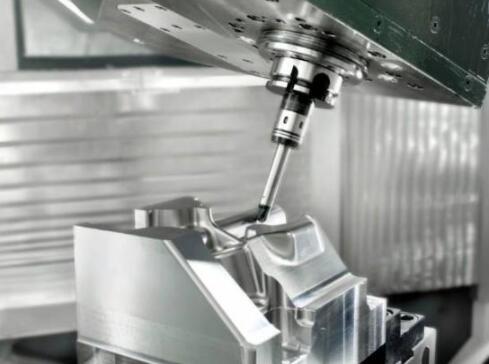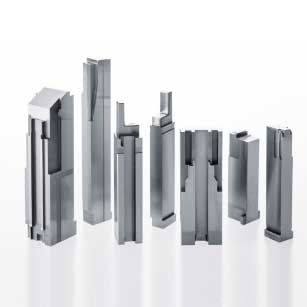Introduction of Mechanical gears
Definition of mechanical gears
Mechanical gears are components that transmit torque (rotational force) from one rotating shaft to another. They consist of rotating disks called gear wheels that have teeth cut into their outer circumference. When these gear wheels mesh together, they transfer torque from one gear to another, causing rotation. Gears change rotating power's speed, direction, and torque, making them an essential component in many mechanical systems. The number of teeth on each gear wheel determines the gear ratio, which affects the speed and torque of the output gear. Mechanical gears are commonly used in machinery, vehicles, robotics, and other industrial applications.
Importance of mechanical gears in machinery and engineering
Mechanical gears play a critical role in many areas of machinery and engineering. They are widely used in various applications due to the following reasons:
Power Transmission: Gears are commonly used to transmit power from one shaft to another, changing the speed, direction, and torque of the rotating power. This allows machinery to perform various functions, such as moving objects, generating electricity, and performing manufacturing processes.
Control and Regulation: Gears can control the speed and torque of rotating machinery, making it possible to regulate machines' speed and power output to ensure consistent performance.
Accuracy and Precision: Gears can be designed with precise tooth geometry, which allows them to transmit power with high accuracy and reliability. This makes them ideal for applications that require precise control, such as robotics and medical equipment.
Durability: Gears are typically made from strong and durable materials, such as steel or high-strength plastics, making them well-suited for demanding applications where reliability and longevity are important.
Efficiency: Gears can be designed to have high transmission efficiency, meaning they waste very little energy as heat. This makes them ideal for applications where energy efficiency is important, such as electric motors, wind turbines, and hydraulic systems.
In summary, the importance of mechanical gears in machinery and engineering is due to their ability to transmit power, control and regulate machinery, provide accuracy and precision, be durable, and have high transmission efficiency.
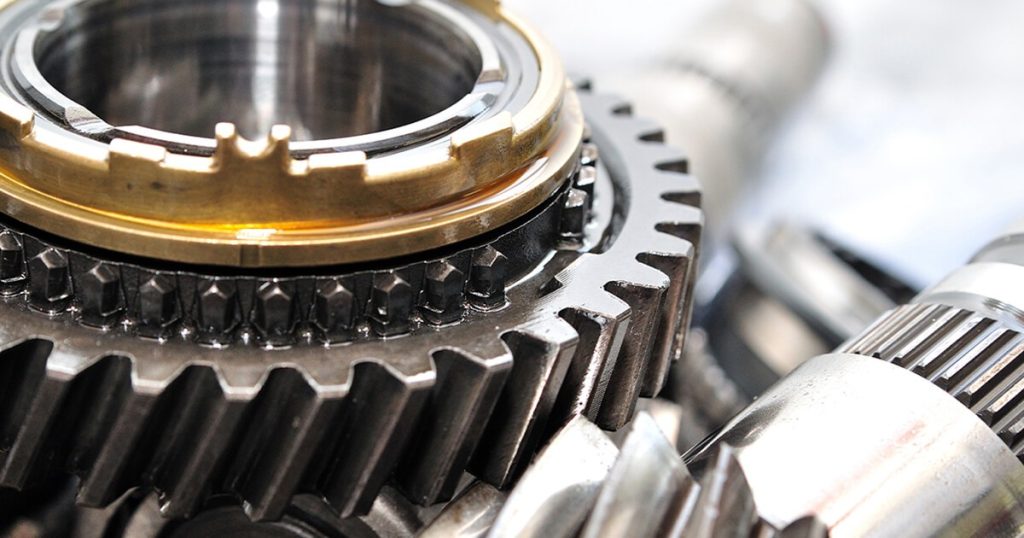
Brief history of the development of mechanical gears
The history of mechanical gears dates back to ancient times when used simple gears in water-raising devices, windmills, and other early machines. The concept of interlocking gears to transmit power and motion can be traced back to the Greek mathematician and engineer Archimedes (287-212 BC).
Throughout history, the development of mechanical gears has been driven by the need for more efficient and precise machinery. In the medieval period, gears were used in water-powered mills to grind grains; in the Renaissance period, they used gears to power clocks and other precision instruments.
The Industrial Revolution in the late 18th and early 19th centuries marked a turning point in the development of mechanical gears. The invention of the steam engine and other powered machines led to the development of more complex gear systems and the introduction of mass production techniques. The use of gears in machinery became widespread, and used gears in everything from steam engines and cotton mills to locomotives and ships.
In the 20th century, the development of new materials, such as high-strength plastics and computer-controlled machinery, paved the way for the modern era of mechanical gears. Today, gears are used in various industries, from aerospace and automotive to robotics and consumer goods. They continue to play a crucial role in modern machinery and engineering.
Types of Mechanical Gears
There are several mechanical gears, each with its specific design and application. Some common types include:
Spur Gears: These are the most basic and simplest type of gear, consisting of a cylinder with teeth cut into the circumference. They are commonly used in simple power transmission systems.
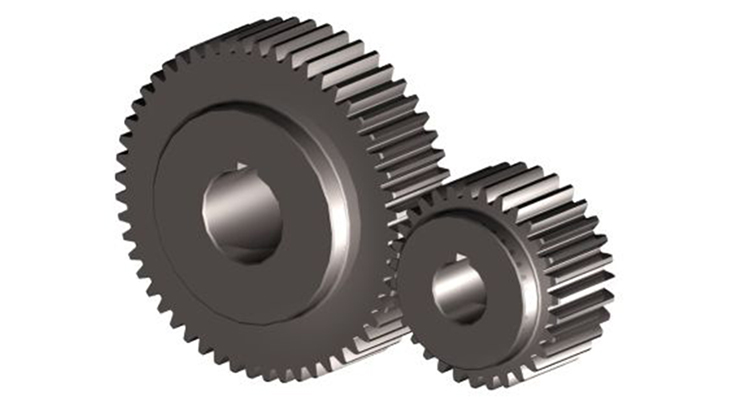
Helical Gears: These gears have teeth cut at an angle to the gear axis, allowing for smoother and quieter operation than spur gears. They are commonly used in high-load applications.
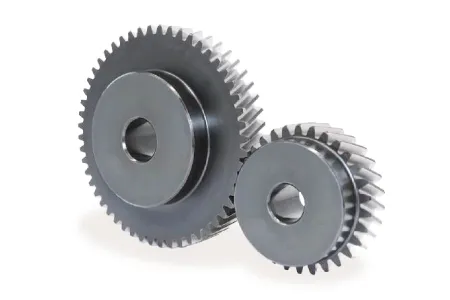
Bevel Gears: These gears have a conical shape and are used to change the direction of rotating power. They are commonly used in drives for industrial machinery and automobiles.
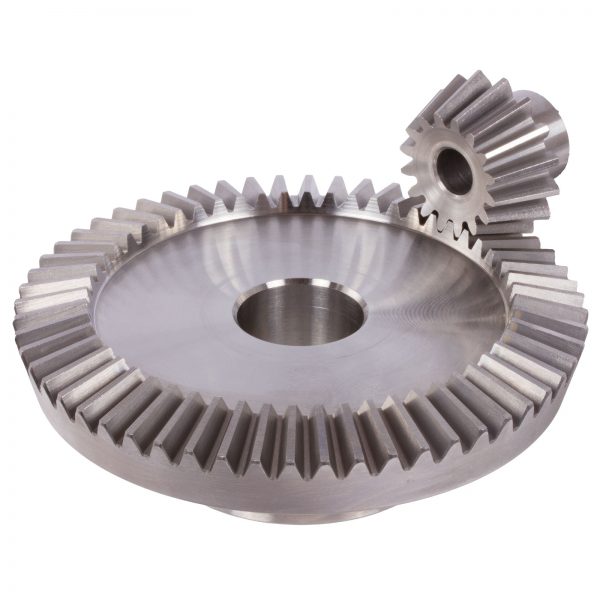
Worm Gears: These gears are a worm (a screw-like shaft) that meshes with a helical gear. They transmit power at 90-degree angles and are commonly used in gearboxes and actuators.
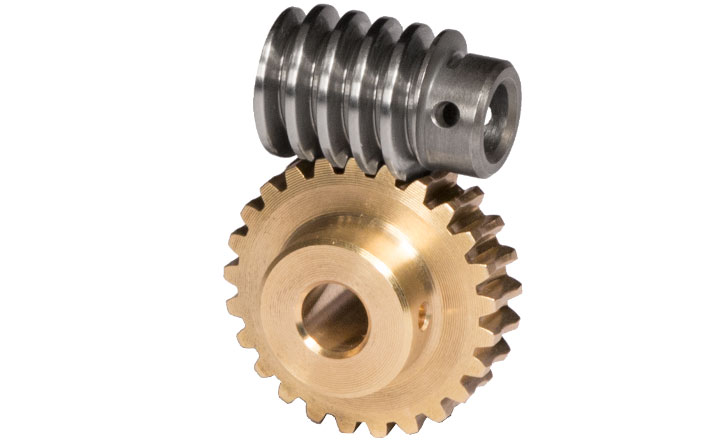
Planetary Gears: These gears consist of multiple gear wheels that rotate around a central gear, providing high gear ratios and a compact design. They are commonly used in automotive transmissions and industrial gear drives.
Rack and Pinion Gears: These gears consist of a linear rack with teeth and a circular pinion gear that meshes with it. They are commonly used in steering, conveyor, and linear actuators.
Timing Gears: These gears synchronize the rotation of two shafts, maintaining a specific angular relationship. They are commonly used in timing belt drives and internal combustion engines.
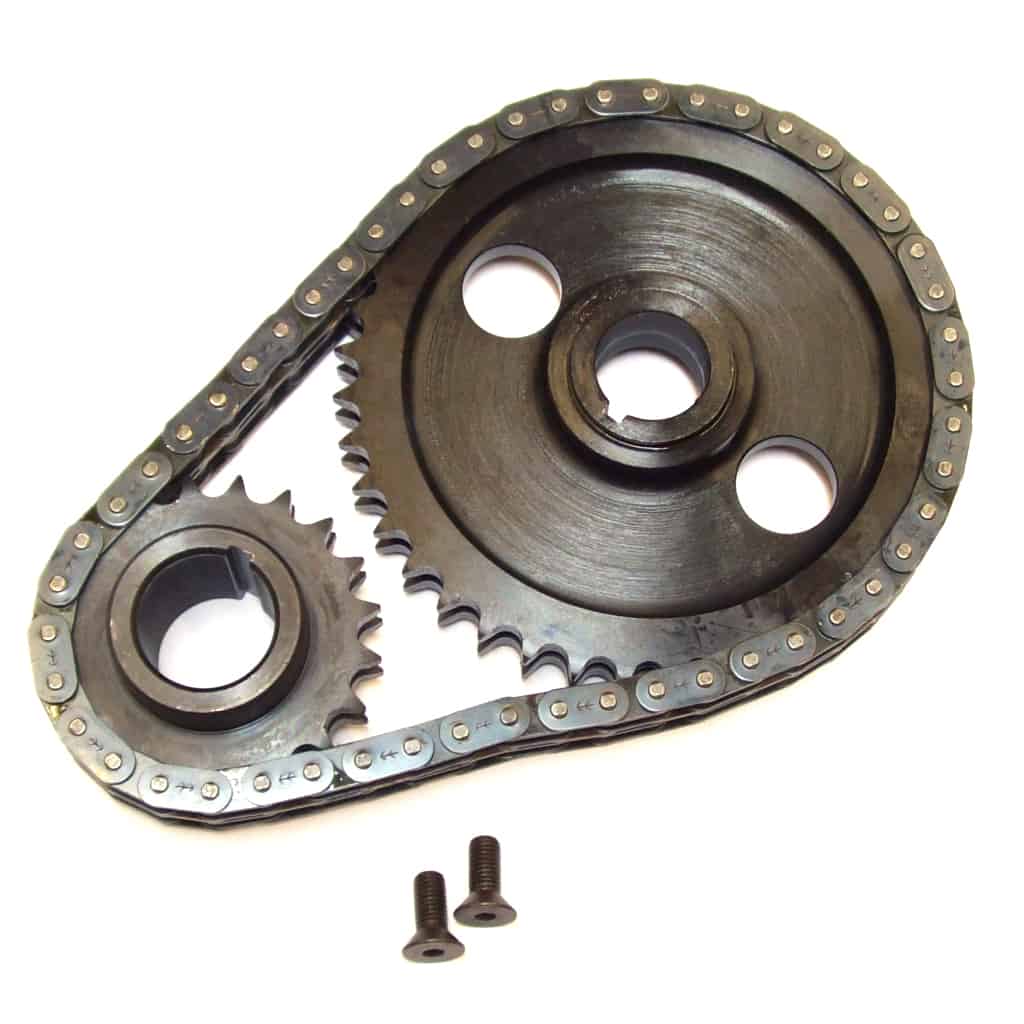
Each type of gear has its specific design and application. Choosing the right gear for a particular system requires careful consideration of factors such as gear ratio, load capacity, speed, and power transmission efficiency.
Design and Manufacture of Mechanical Gears
The design and manufacture of mechanical gears involve several stages, including conceptual design, material selection, computer-aided design (CAD), and prototyping. The following is a general overview of the process:
Conceptual Design: In this stage, the gear's function, performance requirements, and physical constraints are determined. The gear system is designed with the desired gear ratio, speed, and torque.
Material Selection: The next stage involves selecting the material used to manufacture the gear. The material must be strong enough to handle the loads, durable enough to last for the intended life of the gear, and cost-effective.
Computer-Aided Design (CAD): In this stage, a CAD model of the gear is created. The model includes the gear's tooth profile, spacing, and other geometric characteristics. The model is used to simulate the gear's performance, assess its strength and durability, and optimize its design.
Prototyping: A physical prototype of the gear is made to test the design and refine the specifications. This prototype tests the gear's performance, noise, vibration levels, and accuracy.
Manufacture: The final stage involves the actual manufacture of the gear. This may be done using various methods, including forging, casting, stamping, or machining. The gear is then heat-treated to improve its strength and durability and is finished by grinding or honing to improve its accuracy and surface finish.
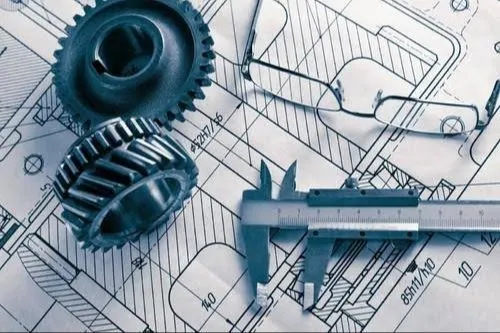
The manufacture of mechanical gears requires specialized equipment and expertise. Gears must be manufactured to precise specifications to perform as intended and provide reliable and efficient power transmission. The design and manufacture of gears are critical components of many machinery and engineering systems and play a crucial role in the success of these systems.
Applications of Mechanical Gears
Mechanical gears play a critical role in a wide range of machinery and engineering applications, including:
Automobiles: Gears are used in transmissions, power steering, and differential systems.
Aerospace: Gears are used in aircraft actuators, landing gear, and flight control systems.
Industrial machinery: Gears are used in conveyor systems, hoists, and cranes, as well as in pumps, fans, and compressors.
Robotics: Gears are used in robots and robotic systems, including servo motors, actuators, and gearboxes.
Power transmission: Gears are used in power transmission systems, including gear reducers, speed increasers, and variations.
Agriculture: Gears are used in tractors, combine harvesters and other agricultural machinery.
Consumer goods: Gears are used in appliances, toys, and other consumer goods.
Gears are essential components of many machinery and engineering systems and play a crucial role in transferring power and motion. Gears can provide precise and efficient power transmission, allowing machines and systems to operate smoothly and reliably. The versatility and reliability of gears make them an essential component of modern machinery and engineering systems.
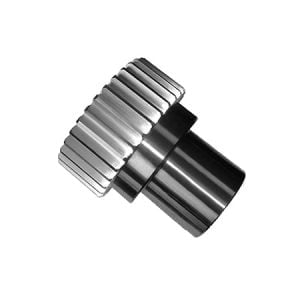
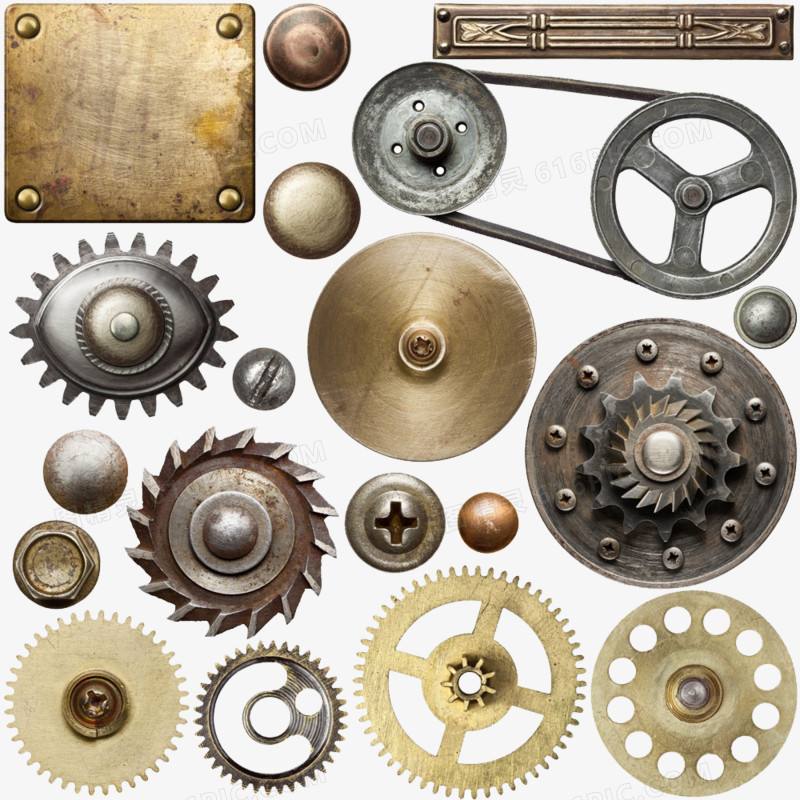

Advantages and Limitations of Mechanical Gears
Advantages of Mechanical Gears:
Efficient Power Transmission: Gears can efficiently transmit power and motion, reducing energy loss and maximizing performance.
Precise Control: Gears can be designed and manufactured to precise specifications, providing accurate and reliable control over motion and speed.
Durable: Gears are robust and durable components that withstand heavy loads and harsh environments.
Versatile: Gears are available in various shapes, sizes, and materials, making them suitable for various applications.
Cost-Effective: Gears can be manufactured using various methods, including forging, casting, stamping, and machining, making them cost-effective components for many machinery and engineering systems.
Limitations of Mechanical Gears:
Complexity: Gears can be complex components that require specialized equipment and expertise to manufacture and maintain.
Noise and Vibration: Gears can produce noise and vibration, which can disrupt machinery and systems.
Wear and Tear: Gears are subject to wear and tear over time, which can result in reduced efficiency and performance.
Limited Speed: Gears have limitations on the maximum speed they can operate, which can limit their use in high-speed machinery and systems.
Size and Weight: Gears can be large and heavy components, making them unsuitable for compact machinery and systems.
Despite these limitations, gears remain a critical component of many machinery and engineering systems, providing precise and efficient power transmission and control. The versatility and reliability of gears make them an essential component of modern machinery and engineering systems.
Conclusion of Mechanical Gears
In conclusion, mechanical gears play a critical role in many machinery and engineering applications, providing precise and efficient power transmission and control. The versatility and reliability of gears make them an essential component of modern machinery and engineering systems.
Throughout history, gears have evolved and improved, from early wooden gears used in water wheels to the sophisticated metal gears used in modern machinery and engineering systems. Developing new materials and manufacturing techniques has created more efficient and durable gears. In contrast, computer-aided design and manufacturing advances have made gears easier to design and manufacture.
Despite some limitations, gears remain a critical component of many machinery and engineering systems, and their importance in these systems is likely to grow. The future potential for advancements in gear technology, such as the use of new materials, the development of more efficient manufacturing processes, and the integration of gears into new and innovative applications, makes mechanical gears an exciting and important field to watch.

